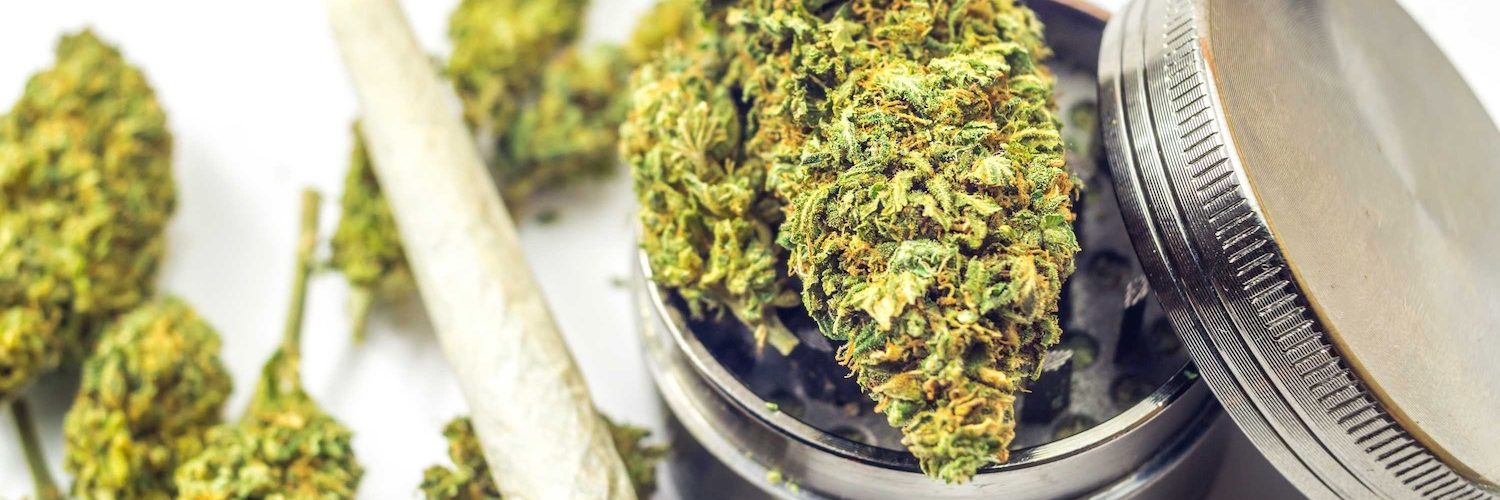How is Medical Marijuana Administered?
- Fact-checked by Dr. Desiree Granados

Marijuana comes in many forms, but the most popular way for consumption is by smoking it. Some people add it to food in the form of edibles. You can buy these edibles at dispensaries or you can make them yourself by infusing the plant into butter or oil. When you cook with marijuana, you can add it to almost any food.
If you don’t want to smoke or eat marijuana, there are other options. You can apply it topically onto your skin in the form of lotions or balms. Or you can vape it using a vape pen. Vaping is a great option for people who don’t want to smoke and for people who need large doses of THC.
No matter how you choose to take it in, the effects are widely considered to be beneficial. Some people use marijuana to help with depression, anxiety, pain, insomnia, digestive conditions, and nausea.
Many patients say they feel better when using medical marijuana than they do on any other medication. If you have a medical condition that you think could benefit from marijuana, don’t wait. Talk to your doctor about getting a prescription today.
Background on Medical Marijuana
The cannabis plant has been used for thousands of years for medical purposes. Today, marijuana is used to treat a variety of medical conditions including cancer, multiple sclerosis, and chronic pain.
Marijuana is illegal in many countries. In the U.S., on the federal level, marijuana is classified as a Schedule I drug. Regardless, more than a majority of states have legalized its use for medical purposes.
Marijuana originates from the hemp plant, Cannabis Sativa L. This is an annual plant that has over 500 species and 60 varieties. The plant is cultivated for various uses, including being used as a drug. Marijuana is one of the most smoked forms of cannabis that are used for this purpose.
The flowers are harvested from the leaves and buds on female plants to create marijuana. The two most well-known cannabinoids are THC and CBD. CBD is a cannabinoid that has been shown to have medical benefits. Marijuana is a narcotic. For this reason, many people do not believe it should be legalized for medical purposes.
Many argue that because marijuana remains a Schedule I drug, it cannot have any accepted medical uses and has high abuse potential. You will have to have a prescription in order to obtain medical marijuana legally at dispensaries or other facilities where it is sold in states where it is legal.
Marijuana’s Benefits for the Body
It is important that you get the right nutrients, vitamins, and minerals in order to stay healthy. If you are deficient in certain nutrients, it can affect your immune system and make you sick more often than someone whose diet is full of these nutrients. Following are just a few of the nutrients found in marijuana:
- Phytocannabinoids (cannabinoids found in plants). Interact with our cannabinoid receptors, which are found all over the human body. This interaction helps to regulate and maintain many essential functions in the body such as homeostasis.
- Magnesium. Responsible for over 300 biochemical reactions in the body. It helps regulate blood sugar levels, keeps the heart rhythm steady, and supports nerve and muscle function.
- Potassium. Regulates fluids and electrolytes in the body, helps with muscle contraction and relaxation, and supports healthy digestion.
- Iron. Crucial for red blood cell production. It also helps transport oxygen throughout the body and plays a role in energy production.
- Zinc. Necessary for good immune system health, cell growth, wound healing, and taste perception. It can also help protect the body from oxidative stress.
- Phosphorus. Important for bone health, energy production, and DNA synthesis. It also helps maintain pH balance in the body.
Marijuana’s Medical Uses
Medical marijuana has been shown to help with a variety of medical conditions. Some of the most common uses are for chronic pain, anxiety, and depression. Marijuana has also been shown to be helpful in treating cancer symptoms, such as nausea and vomiting. It can also help increase appetite in cancer patients who are going through chemotherapy.
Marijuana has also been shown as an effective treatment for seizures. In fact, a study published in The New England Journal of Medicine showed that marijuana was able to reduce seizures by up to 39% in children with epilepsy.
Lastly, marijuana can be helpful in reducing the side effects of other medications. For example, marijuana can help reduce nausea caused by chemotherapy treatments.
How we reviewed this article:
- What Is A Marijuana Allergy? https://www.nyallergy.com/marijuana-allergy/
- Risk factors of a cannabis allergy https://www.healthline.com/health/allergic-to-marijuana#symptoms
- Marijuana Cannabis Allergy https://www.aaaai.org/tools-for-the-public/conditions-library/allergies/marijuana-cannabis-allergy
Current Version
December 15, 2021
Written By
Jake Peter
Fact-checked By
Dr. Desiree Granados
Editorial Process
Our Editorial Process

Jake Peter received his journalism degree from Emerson College and has been writing content for the Sanctuary Wellness Institute since 2021. He is passionate about all things cannabis.







